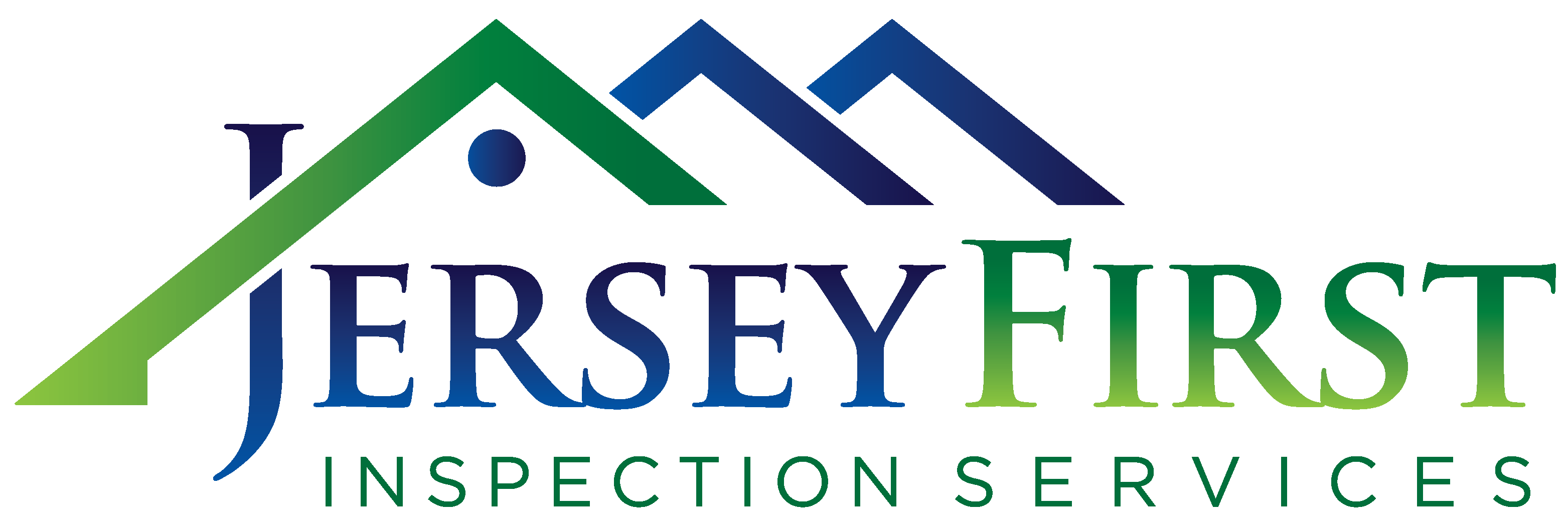Flat Roof Moisture Scans

The maintenance of a flat or low-sloped insulated roof is one of the most expensive and complicated challenges facing roofing contractors, building owners, and building managers today.
Using infrared thermography, a proven method for identifying and defining moisture problems, Jersey First Inspection Services performs a flat roof moisture scan to find moisture that is trapped inside the roofing system, so that repairs can be made. Finding and repairing issues early not only extends the life of a roof but saves the expense of recovering or reroofing.
How Does It Work?
During the day, the sun radiates energy onto the roof and onto the roof substrate. At night, the roof radiates the heat back into space. This is called radiational cooling. Areas of the roof that are of a higher mass (wet) retain this heat longer than the lower mass (dry) areas. Infrared imagers can detect this heat and “see” the warmer, higher mass areas, during the “window” of uneven heat dissipation. Heat loss and other IR services can be performed at the same time.
On-Roof Infrared Roof Surveys
This is the most common method of roof thermography by a factor of 100. Almost all roof thermography is on-roof. To perform an on-roof survey properly, a crew of two people is needed; an experienced infrared thermographer and a helper. It is also a good idea to have the building owner’s representative for access and security, if possible. The crew needs authorization and access to all areas and levels of the roofs from either ladders or roof hatches and time to collect data under good conditions. Very dependent on logistics, how many problems are found and how long good conditions last, an on-roof crew can survey 50,000 – 200,000 SF of building roofs in a night. Areas that contain subsurface moisture are verified wet and then marked with paint directly on the roof along the outer edges of the wet area. That night with flash photography or the next day, the thermographer goes back on the roofs to take visual photographs of the areas that contain subsurface moisture. By marking paint directly on the roof, repair areas can be seen by anyone standing on the roofs after the survey is performed (advantage and disadvantage). The thermographer can create detailed, high-quality, and easy-to-understand reports documenting roof moisture.
Under-Roof Infrared Roof Surveys
To perform an under-roof survey, the thermographer stands under the roof looking up at the bottom of the roof using the heat from the Sun (or lack thereof) to see the difference in mass between the wet and dry substrate from the inside of the building. He/she must have a direct line of sight of the roof from underneath. In an open gymnasium or similar building, this is pretty easy, but many buildings have acoustical tile ceilings or something else in the field of vision of the camera, so these obstacles must be removed… usually a very labor-intensive operation. This is the only method of roof thermography for vinyl-backed fiberglass insulated metal roofs -because there is an air gap between the insulation and the metal deck, so looking at the roof from the roof above will not work. Insulated flat or low-sloped roofs also lend themselves to the under-roof method, although the outside methods are usually easier to perform.
Cost
A Flat Roof Moisture scan costs between 1₵ – 10₵ per square foot depending on the level of survey required, the size of the roof. Scans are usually performed as part of an overall roof asset management plan. Information is used to plan budgets and when needed, to create a bid document for contracting repairs and/or replacement of the roof. If you want your roof to last, it must be regularly inspected and maintained. A Jersey First Inspection Service flat roof moisture scan is the best method of noninvasive inspection for flat or low slope roofs.
You will receive a detailed, professional report documenting the entrained roof moisture so that your roofing contractor can make repairs.
